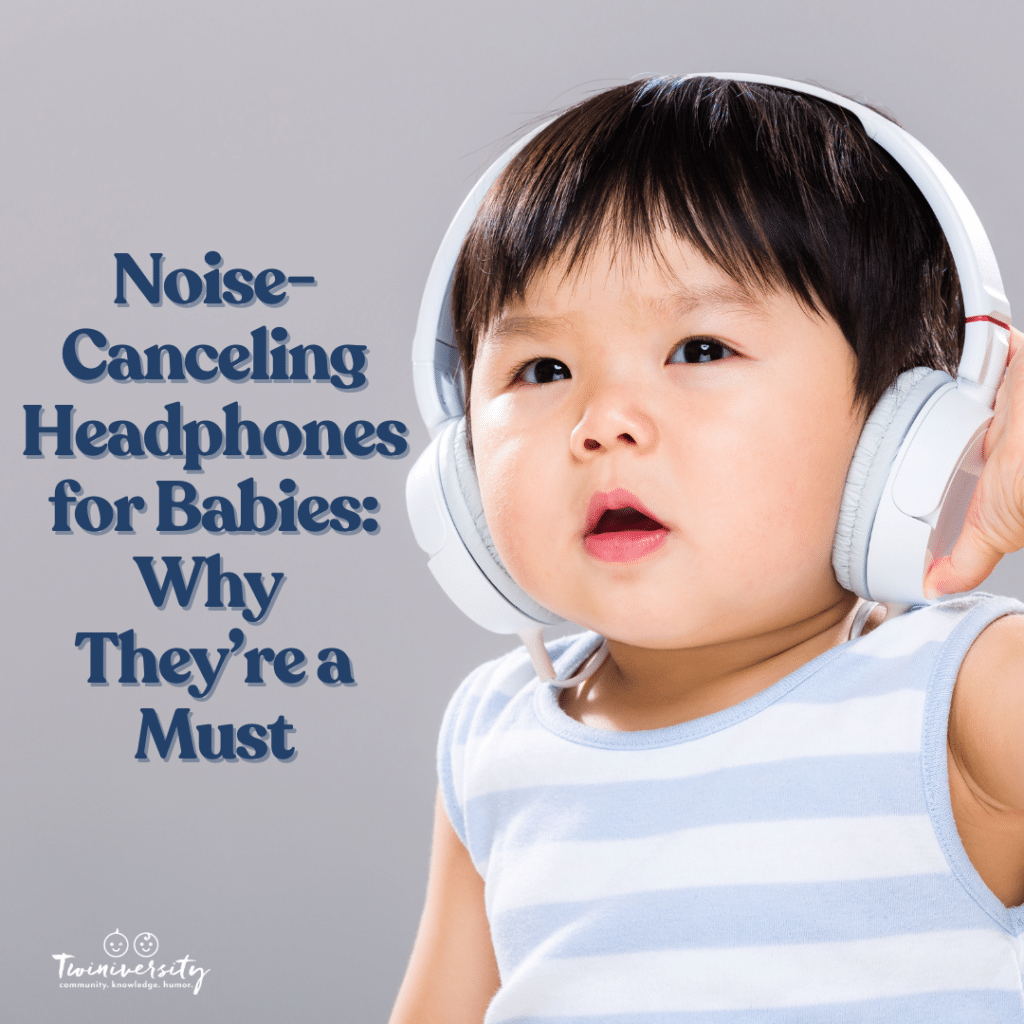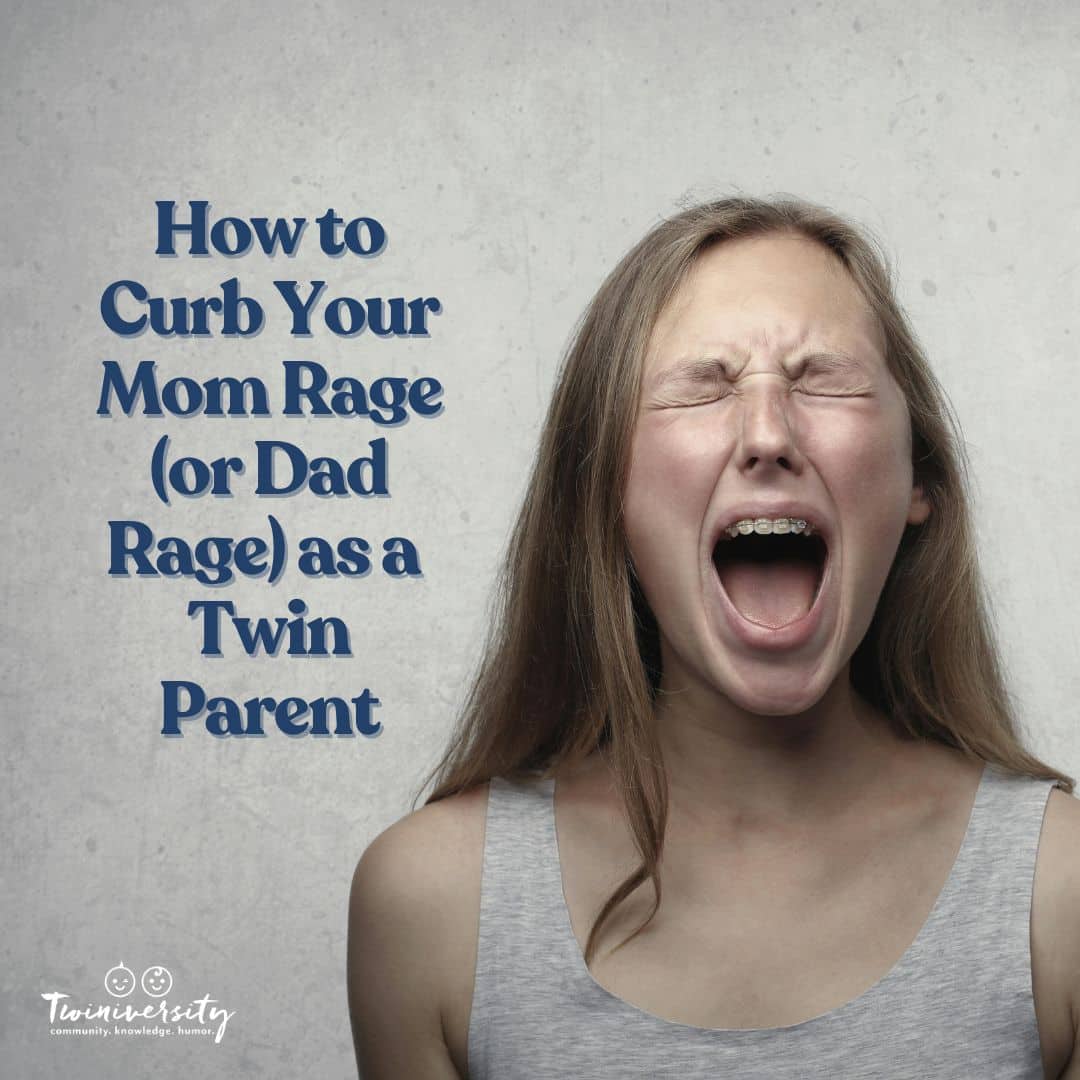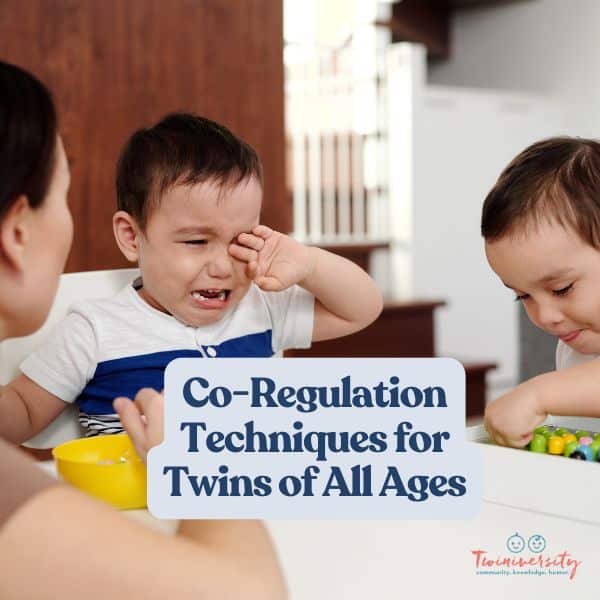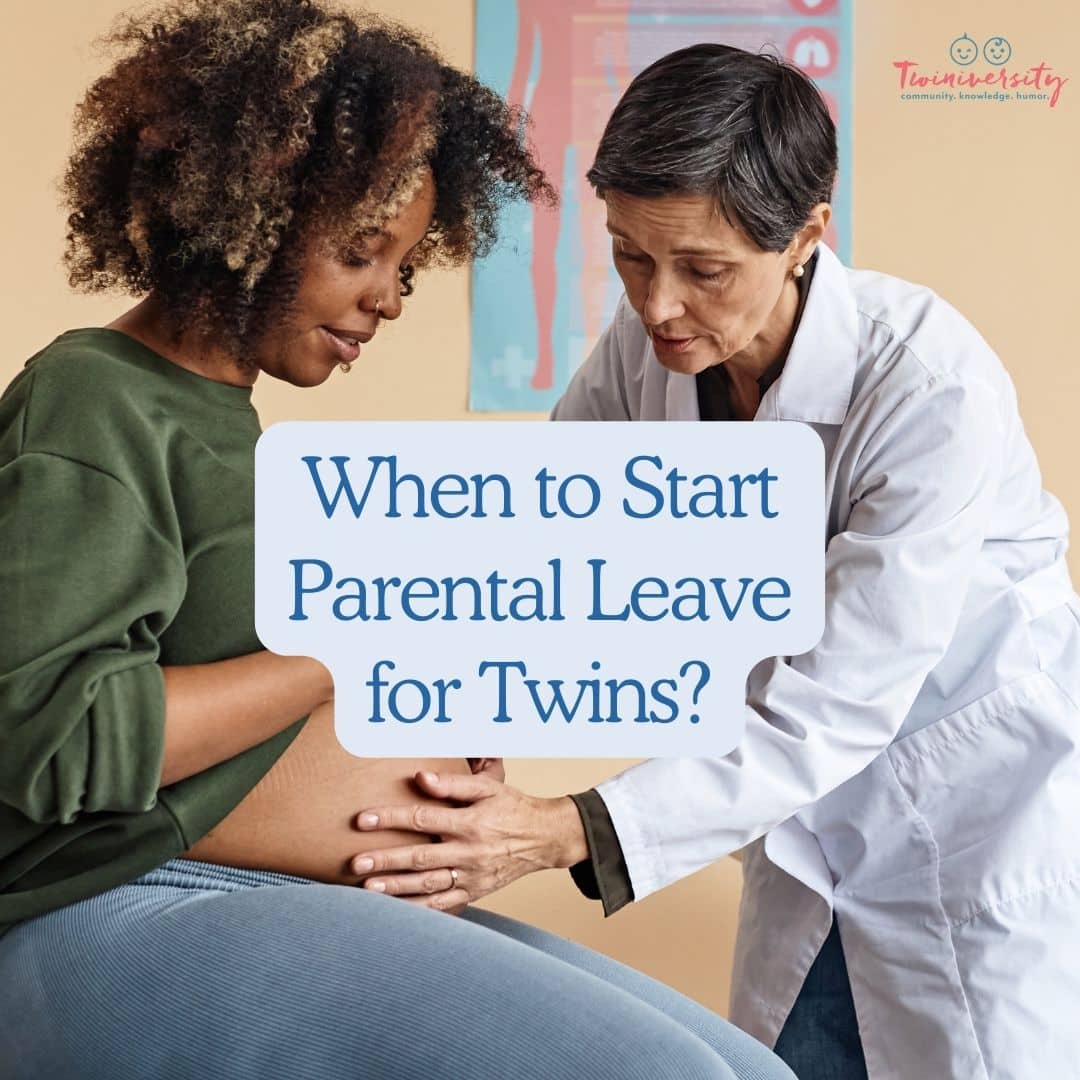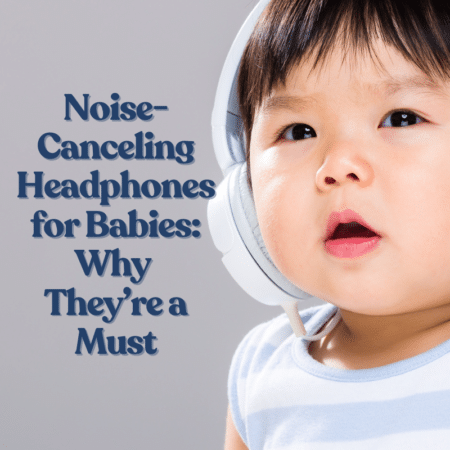
An often overlooked aspect of children’s health is hearing and noise. In this article, you’ll learn why noise-reducing headphones are helpful for your baby’s auditory health. And we’ve also got you covered with a round-up of recommendations!
This example will date me, but when I see headphones on infants and babies, it reminds me of the scene from Mr. Holland’s Opus when the mom didn’t cover up the child’s ear during a parade which resulted in deafening her child. A traumatic scene and one I seem to never forget, especially now as a mama.
Sure, you don’t have to watch the movie to understand what a loud parade feels like for an adult. But imagine that same overwhelming noise as an infant. What damage can be done?
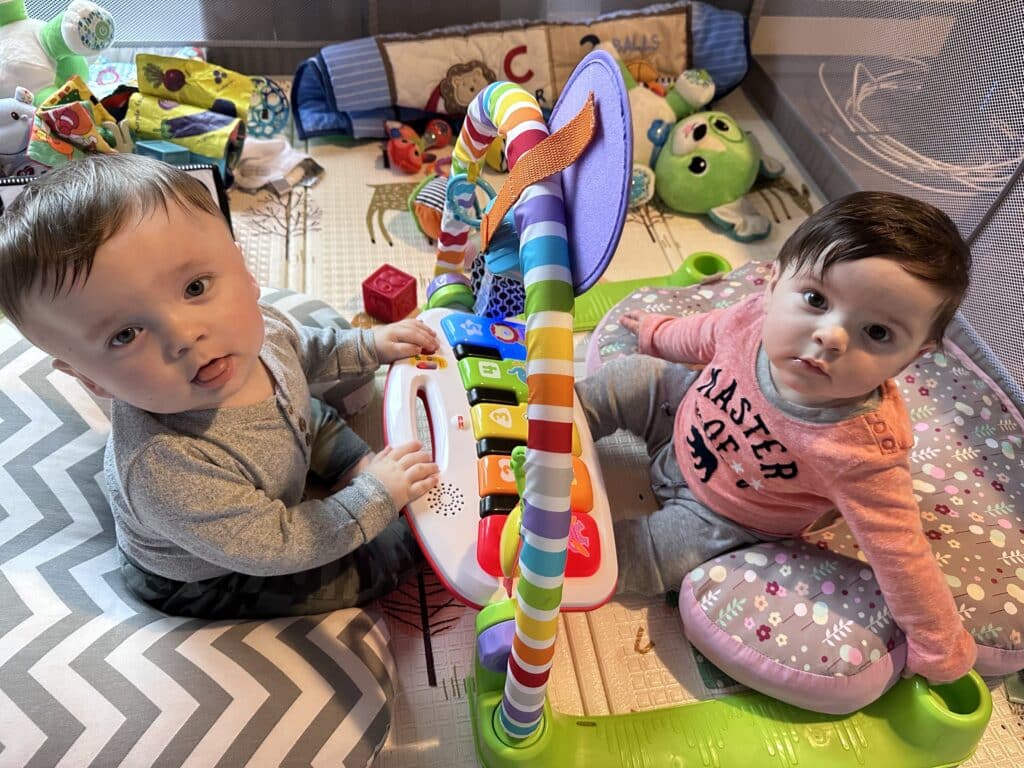
Keep reading, and you’ll learn all about what sound levels are appropriate for babies as well as recommendations for protective ear wear to keep them safe.
How loud is “too loud” for babies and kids?
According to the American Academy of Pediatrics, “Noise above 70 decibels (dB) over prolonged periods may start to damage hearing. Noise above 120 dB, such as from a blast or fireworks, can cause immediate, irreversible harm.”
And the Royal National Institute for Deaf People claims that just 15 minutes of exposure to noise averaging 100 dB can cause hearing damage.
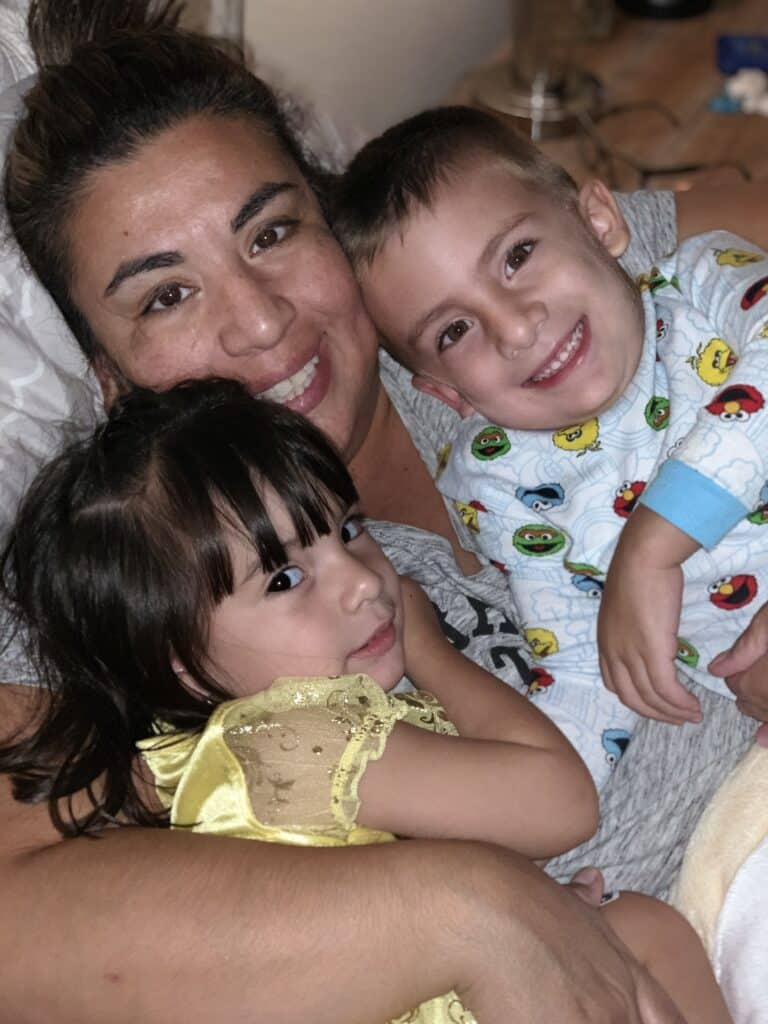
Now let’s consider this in terms of everyday noises in our baby’s environment. Think of the well-meaning but often noisy toys that we give to our babies. Some studies (like this one) have found these toys had sounds going as high as 100 decibels!
This is very much Googleable and if you search “baby toys with sounds over 100 decibels,” the answers will surprise you. Noises are everywhere, and when you see words like “irreversible harm,” it puts into perspective how important it is to protect your babies’ ears.
In case you’re like me and need concrete examples, here’s 70 decibels is the sound of a washing machine or a dishwasher! Wild! Out of curiosity, I searched 100 decibels. That’s pretty much the noise level of a nightclub.
If this information is new to you, rest assured, there’s no need to panic. Because thankfully, we have technology nowadays that can help reduce intense noise when needed. So let’s get into how noise-canceling headphones can help.
How can noise-canceling headphones help?
Hearing loss caused by loud noises usually begins with damage to the hair cells inside the inner ear. These sensory cells are what convert sound energy into signals that our brain recognizes as sound.
Of course, we may not always have the ability to “turn off” certain sounds in our environment for our little ones. So that’s why noise-canceling or noise-reducing headphones are helpful. They work by limiting the amount of sound that penetrates the inner ear.
In case you’re wondering: Why not just use earplugs? Ear plugs are a good option for adults to reduce environmental sounds. But since they’re so small, there’s a choking risk involved with babies and young children.
So if you find yourself going to a noisy event like a wedding, a firework show, a sporting event, or flying on a plane, definitely consider using headphones!
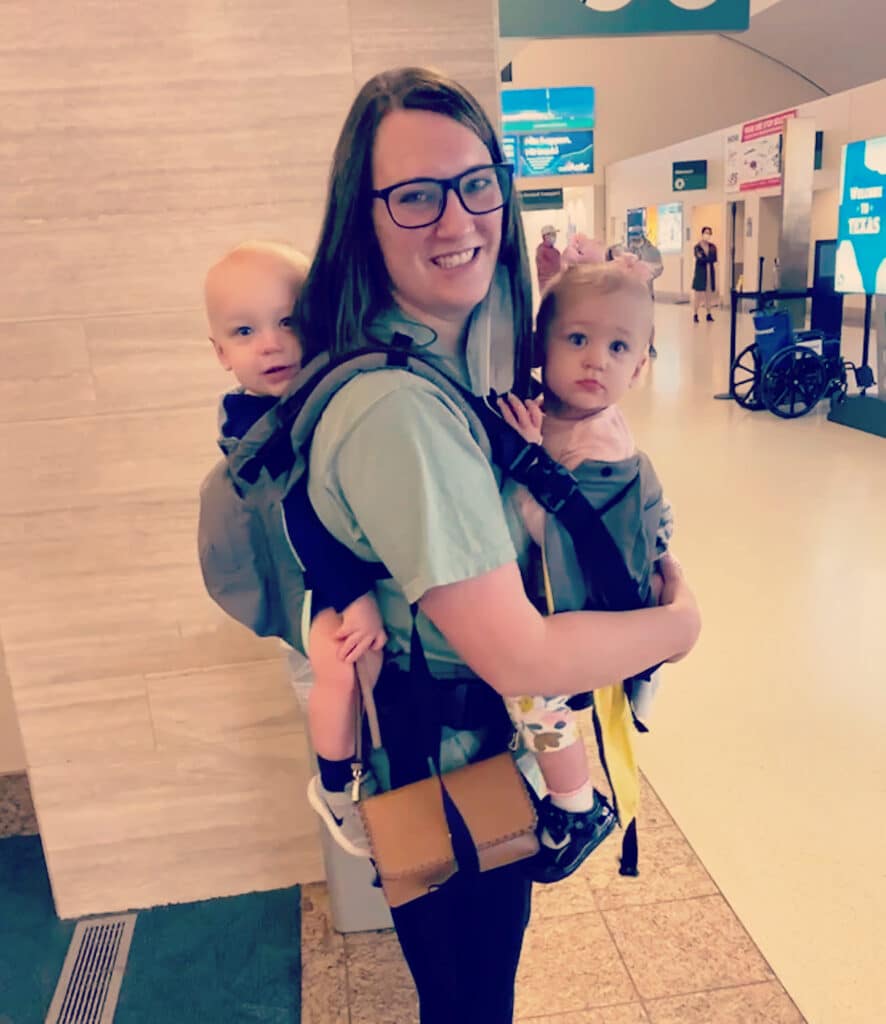
As always, it’s wise to check with your primary care physician before introducing your child to loud noises.
And without further ado, let’s take a look at some popular, cost-friendly ear protection options out there. You’ll notice that the age range for earmuffs varies by brand. Some are 0-18 months, while others have designs that go up to 4 years in age.
Best noise-canceling headphones for babies and young kids
1. Alpine Muffy Baby Ear Protection
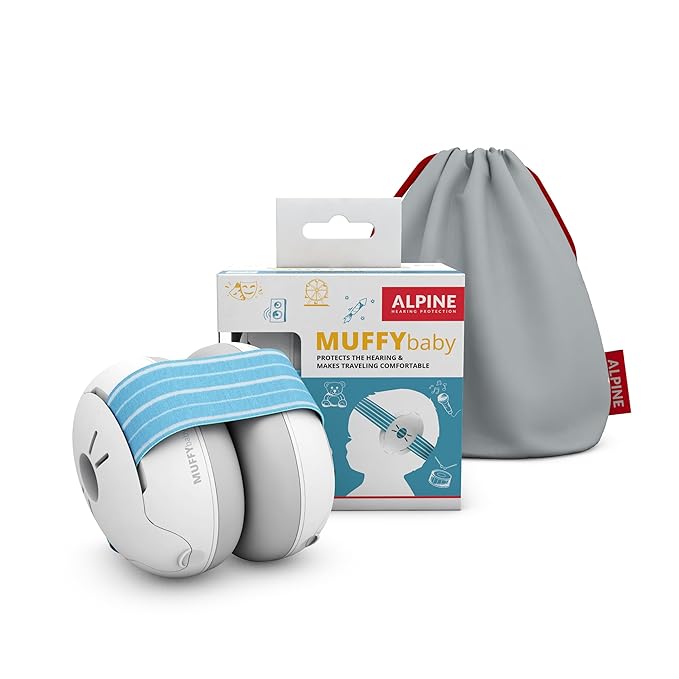
At a glance:
- Price: $
- Age Range: 0 – 4 years
- Reduces noise by: 23 dB
Alpine Muffy Baby Ear Protection comes in 5 different colors, and the headband is anti-slip and adjustable to fit around your babies’ head, no matter their size.
2. Mumba Baby Ear Protection Noise Canceling Headphones
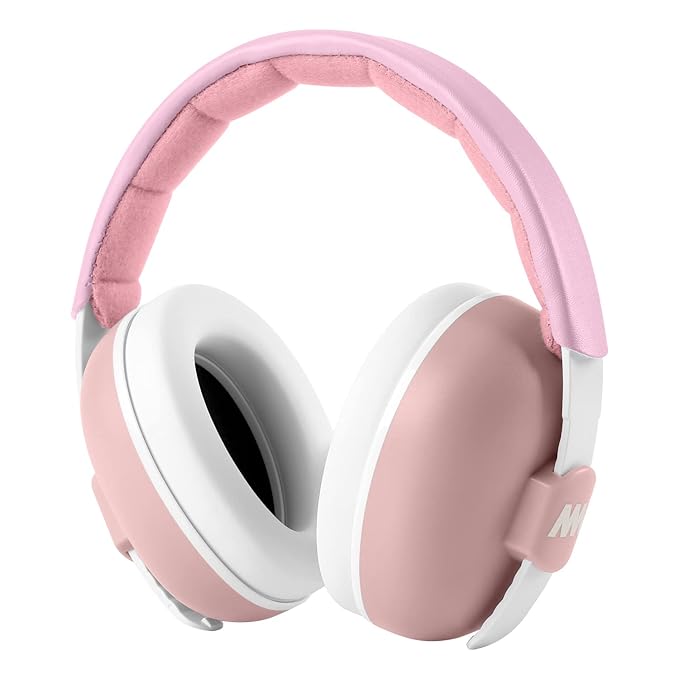
At a glance:
- Price: $
- Age Range: 3 – 36 months
- Reduces noise by: 26 dB
The Mumba Baby Ear Protection looks more like a traditional headphone without the cord. It comes in a variety of different colors, and many of the reviews share that their baby slept through the noise that was surrounding them.
One review did mention the padding to be more plastic-like. And these noise canceling-headphones go over the fontanel (the soft spot on your infant’s head). So if that is a concern for you, consult your pediatrician or opt for headphones with a band around the head instead.
3. Nuby Soft Sounds Earmuffs
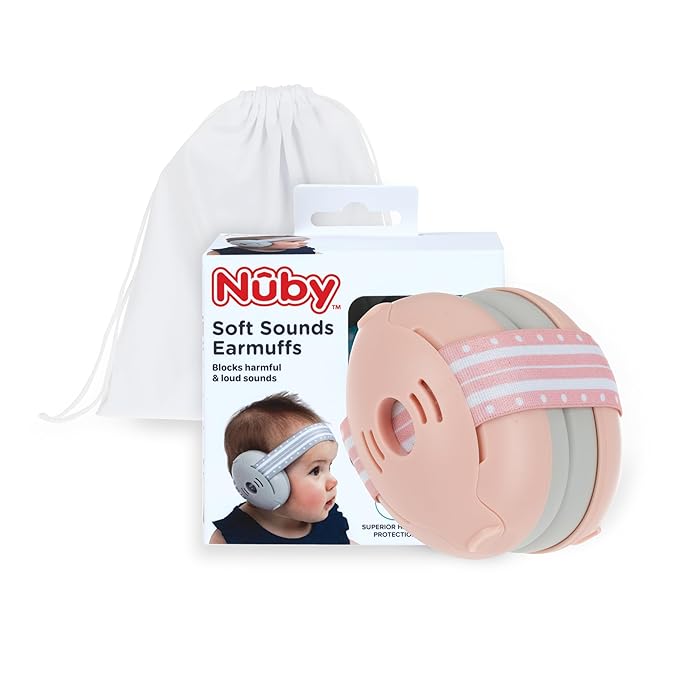
At a glance:
- Price: $
- Age Range: 0-12 months
- Reduces noise by: 21 dB
These Nuby Soft Earmuffs have a smaller age range than most earmuffs out there, so that’s something to think about. Like other brands, these also come in a variety of colors, so you can easily differentiate which twin has which set of earmuffs.
Since the age range is shorter, if your baby has a larger head circumference, there’s a chance they won’t fit even with the adjustable band (according to some of the reviews).
4. Schallwerk Ear Defender Mini+
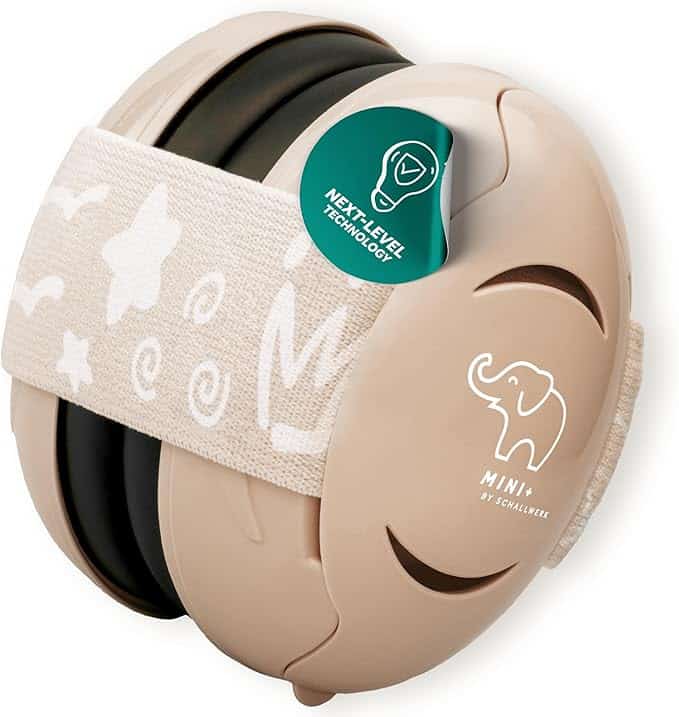
At a glance:
- Price: $$
- Age Range: 0 – 2 years
- Reduces noise by: 25 dB
The Schallwerk Ear Defender Mini+ comes in fun colors and fun animal prints too. And even though the headphones are ranged for 2 and under, many reviews mention their older children still being able to fit into them.
5. Banz Bubzee Baby Earmuffs
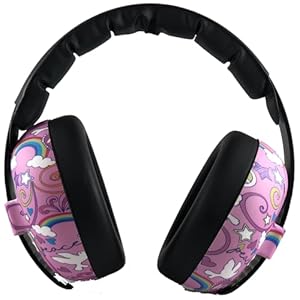
At a glance:
- Price: $$
- Age Range: 0 – 36 months
- Reduces noise by: 21 dB
Banz Bubzee Baby Earmuffs has a headband design that’s adjustable based on the growth of your child. Customer reviews mention that they do fit larger head circumferences well. This brand also has earmuffs designed for older children, too.
A handful of reviews do mention concerns with the headband moving when the baby moves and the material around the ear not being very breathable.
Final thoughts on noise-canceling headphones for babies
Noise-reducing headphones and earmuffs are a great way to protect little ears from the loud noises we encounter.
Before making a final decision about which noise-canceling headphones to go with, consider:
- What will the headphones be used for and how often?
- Will you use them only in the newborn stage or as your baby grows?
- Does your baby have an average head circumference?
Also, be sure to ask your pediatrician about their take on noise-canceling headphones. And at the end of the day, trust that you are making the best and most-informed decision possible for your child.
Want more insider tips for twin baby gear? Check out these articles too!
- Newborn Twin Must-Haves
- The Dad’s Guide to Baby Gear for Twins
- What You Need Two of for Twins and What You Don’t
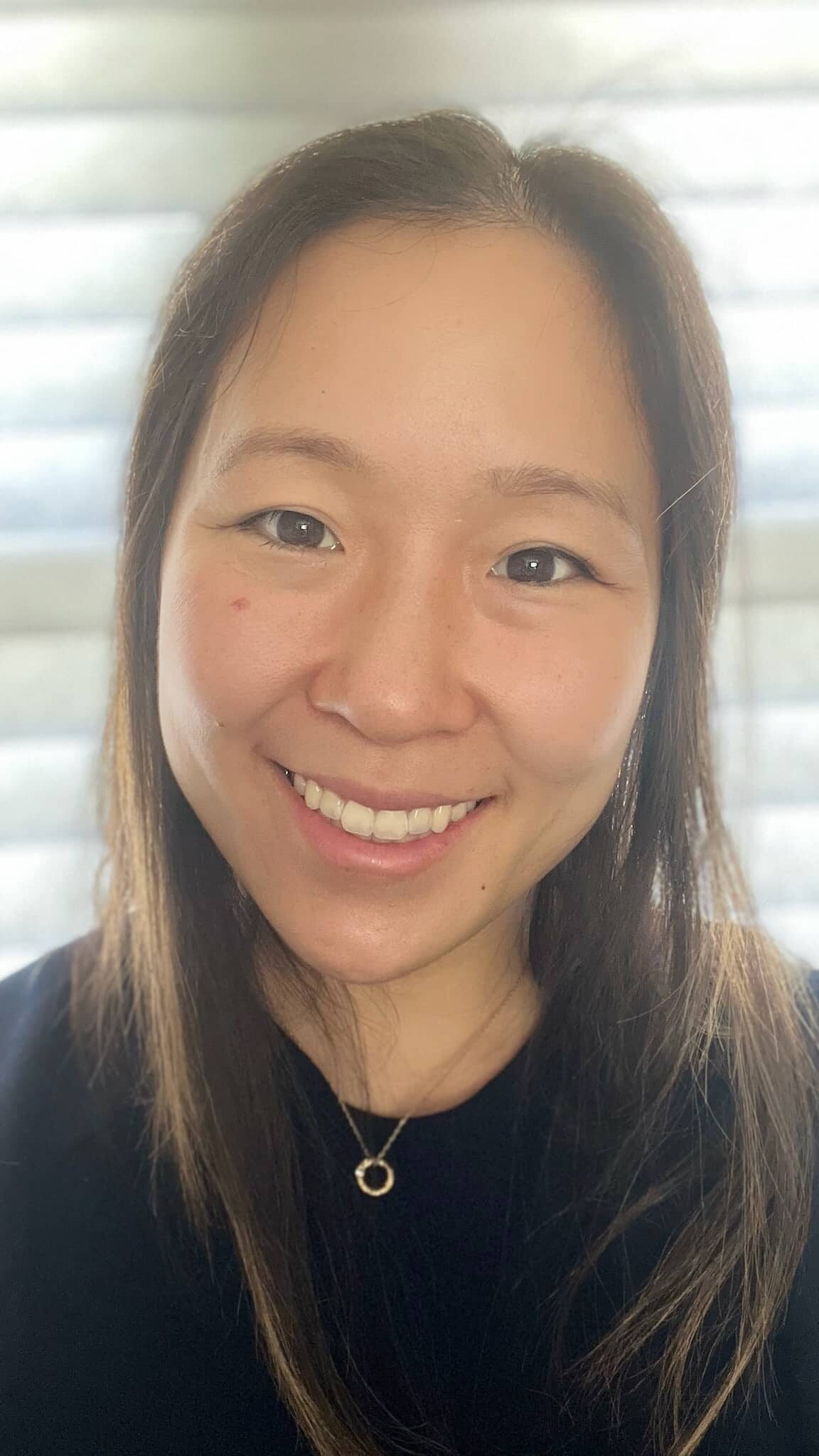
Stephanie Miller is the proud mom of twin cyclones Zach and Carter. Every day in the Miller house, you’ll find rooms turned over, floors covered in bits of Lego and puzzle pieces (mind your step), and the sound of “Brown Bear Brown Bear” read over and over, and over again. You’ll typically find her being used as the seat to reading time for the two bookworms, covered in bubble solution as they try to excel in their Bubble Wand skills, or being the voice to command Alexa for their favorite tunes. She and her husband are working on their traveling skills cause she can’t wait to show them the amazing world that is out there for them.

